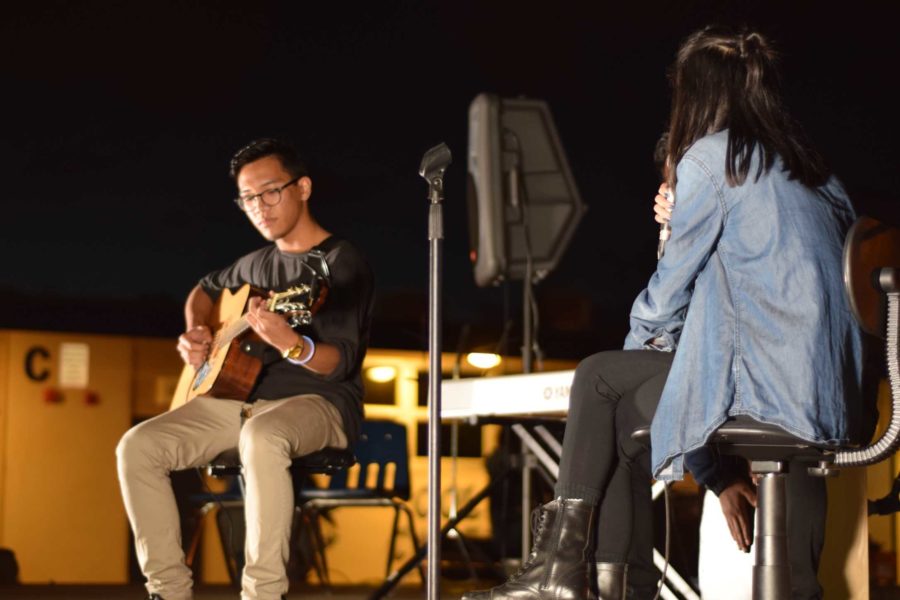A Message to the Media: Accuracy Matters
Snow covers the grounds of Covington Catholic High School in Park Hills, Ky., Sunday, Jan. 20, 2019. The school has received national attention in the wake of videos showing students from the school mocking Native Americans outside the Lincoln Memorial after a rally in Washington. (AP Photo/Lisa Cornwell)
About a week ago, a school field trip to Washington D.C. turned awry when images and videos depicted students from Covington Catholic High School in Park Hills, Kentucky allegedly degrading an older Native American man during the March For Life rally.
On Friday, Jan. 18, Covington Catholic High School — a private religious school for boys — dedicated a field trip to attend the March For Life rally. During the rally, things rapidly escalated and the boys surrounded a Native American man playing a drum, shouting potentially malicious phrases such as, “Build that wall!”
In that moment, the picture that seemed to break the internet was taken — a photograph of one of the students smirking in the face of the visibly disturbed man, Nathan Phillips.
But that’s only one side of the story.
Another side claims that the boys were attacking four African-Americans and Phillips decided to intervene, providing an explanation as to why they were all congregated together with Phillips in the middle of the chaos.
The final story centers around the Covington Catholic boys being victimized by members of a hate cult called the Black Hebrew Israelites. In this account, the members of the cult yelled homophobic and racial slurs at them, resulting in the boys asking their chaperone if they could chant their school cheers — presumably for a morale boost. As they chanted, Phillips supposedly walked into the center of the group banging his drum and confusing the boys.
In the first two stories, the boys were the attackers; but in the third, the boys were potentially the victims. The first two accounts of the incident came from Phillips, while the third came from a congregation of videos and other sources who were there when it happened.
The days following the incident ultimately turned into a tug-of-war match between liberal and conservative validation as assumptions and contextual misjudgments spread through the media.
Following the original pictures of the boy smugly smirking in Phillips’s face, another infamous photo — one even more incriminating and damaging to the school’s reputation — surfaced of a 2011 basketball game. The theme of the game was blackout, prompting students to wear all black to the game. In the picture, several students are yelling at a possibly African-American player from the opposing team, trying to psych him out and consequently win the game.
However, due to the conflict at the March For Life rally concerning the Covington Catholic students, people immediately assumed the picture demonstrated blatant racism.
The solution is simple: we will never fully know the context of the photo.
When many different stories come from opposing sources, it is nearly impossible to know what really happened. As of right now, it is still difficult to tell whether or not the Covington Catholic boys were harassing Phillips, but the media will still attempt to bend the story to bash the opposing side.
News needs to be reported accurately with no assumptions, conclusions, or pictures that are trying to deceive the reader into choosing sides.
Whether the Covington Catholic students that attended the rally are racist, disrespectful, and deceptive, or more victimized than it may seem, we may never fully understand the story enough to know.

Hey, I'm Ella! I'm a senior at Cam High. When I'm not writing (usually poetry), I'm most likely baking or cooking with homegrown ingredients from my garden....

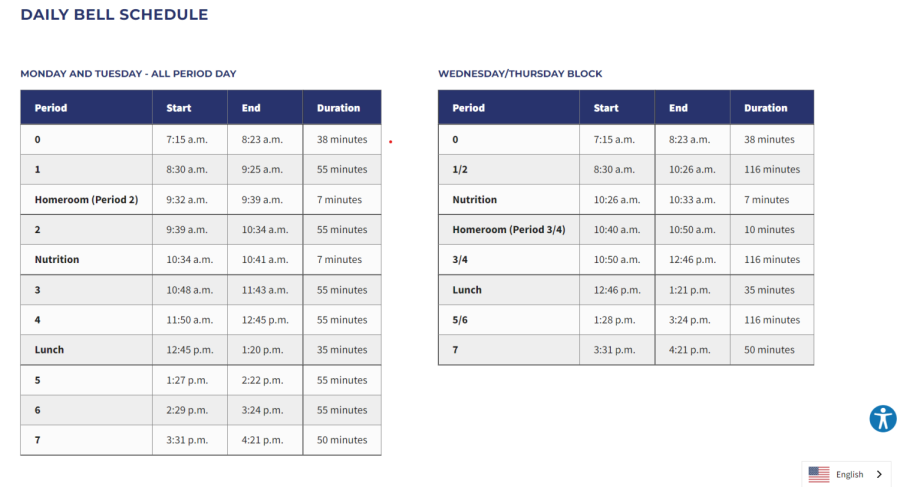




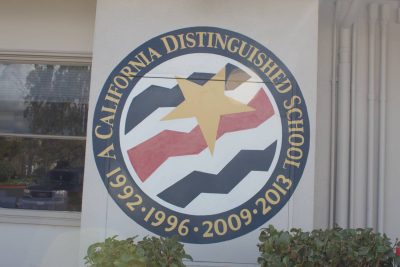

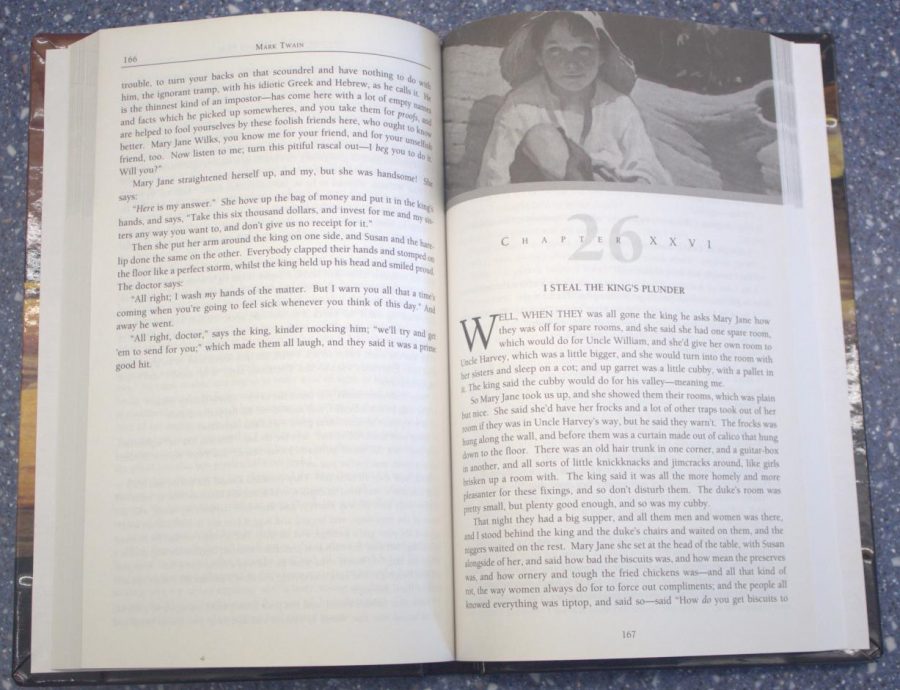
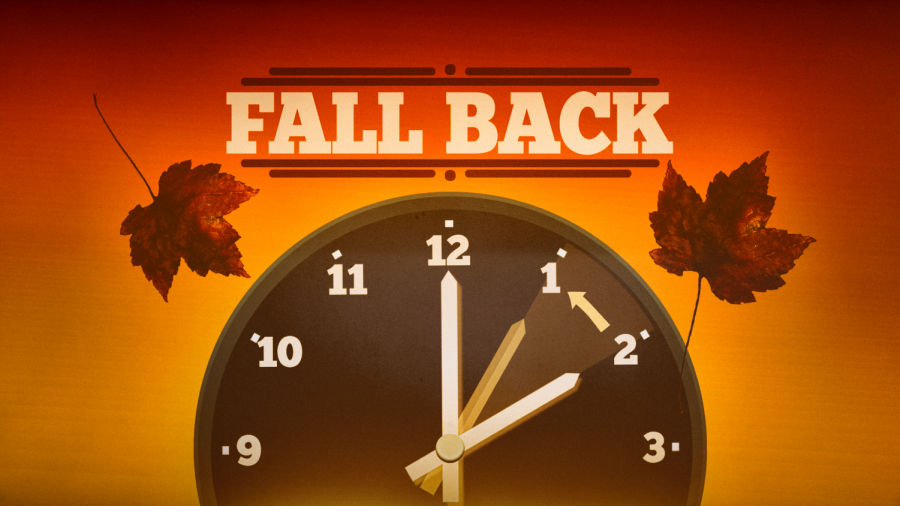






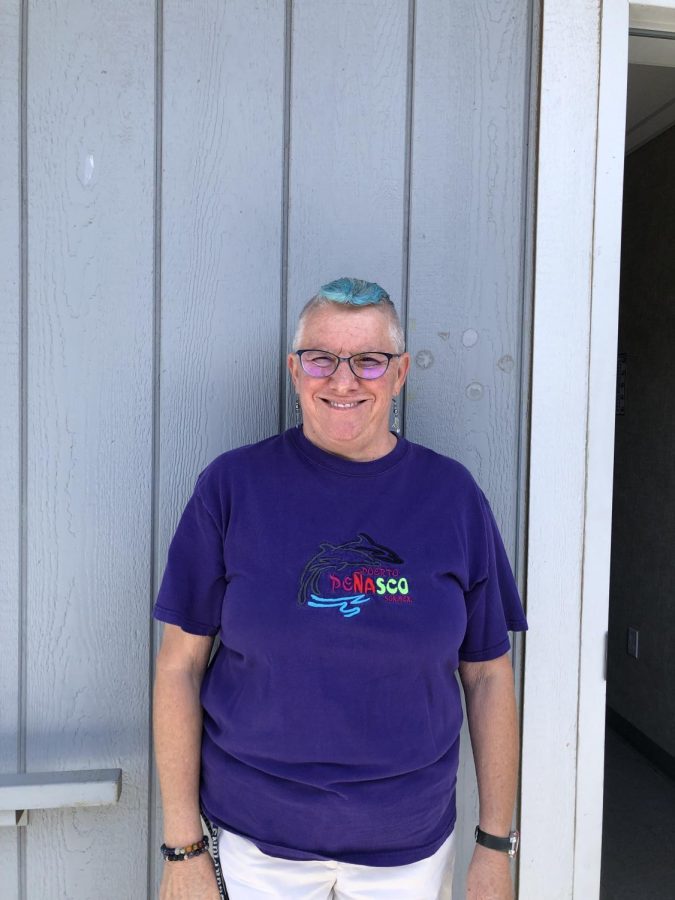


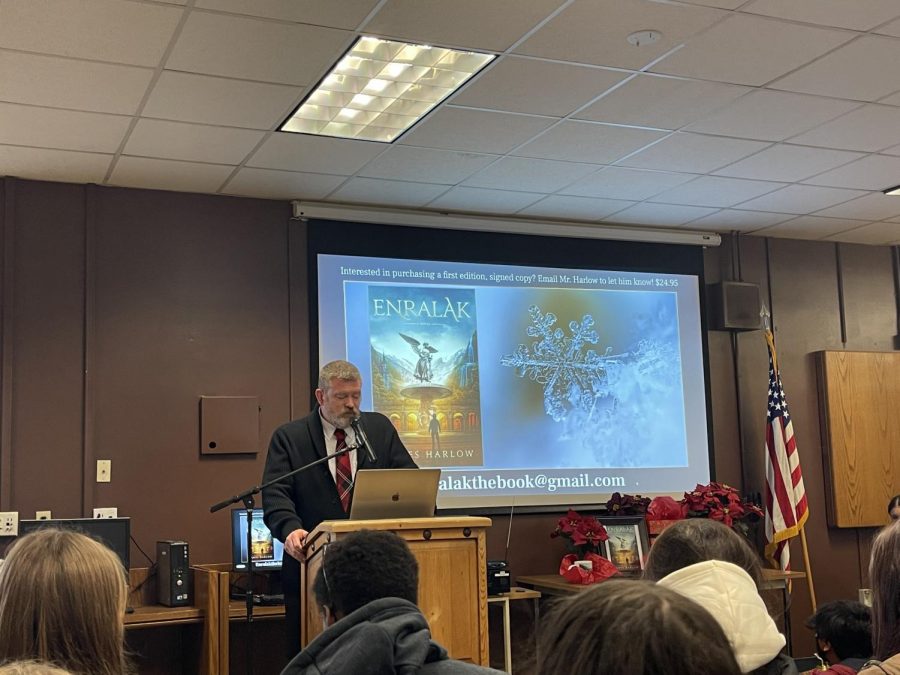
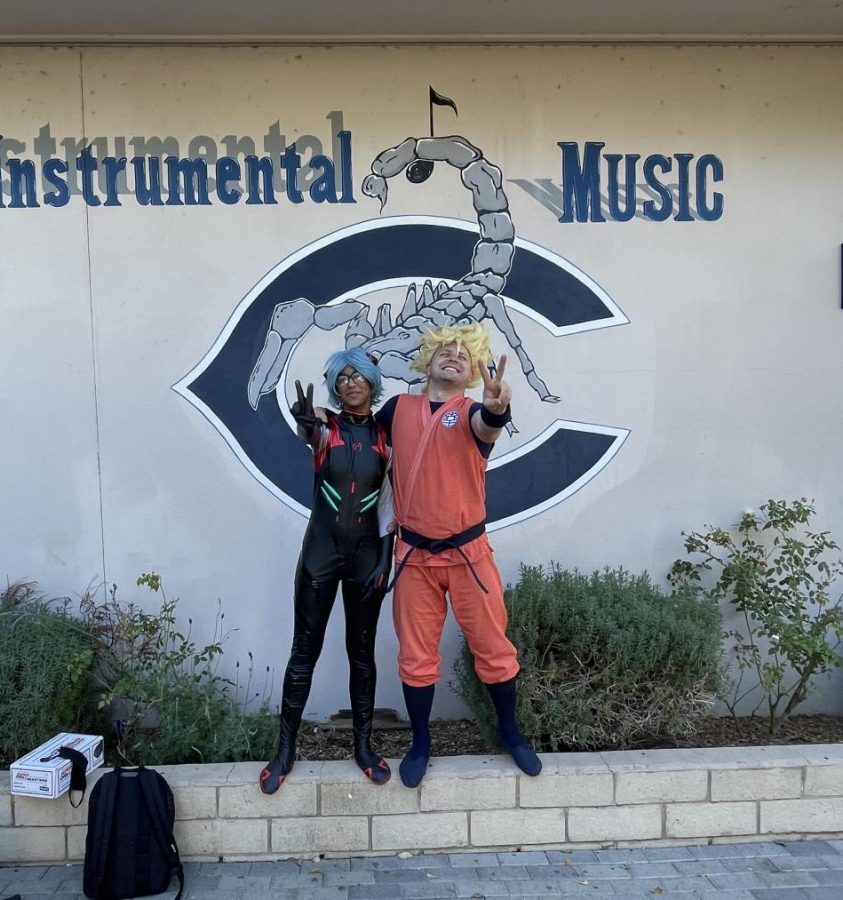
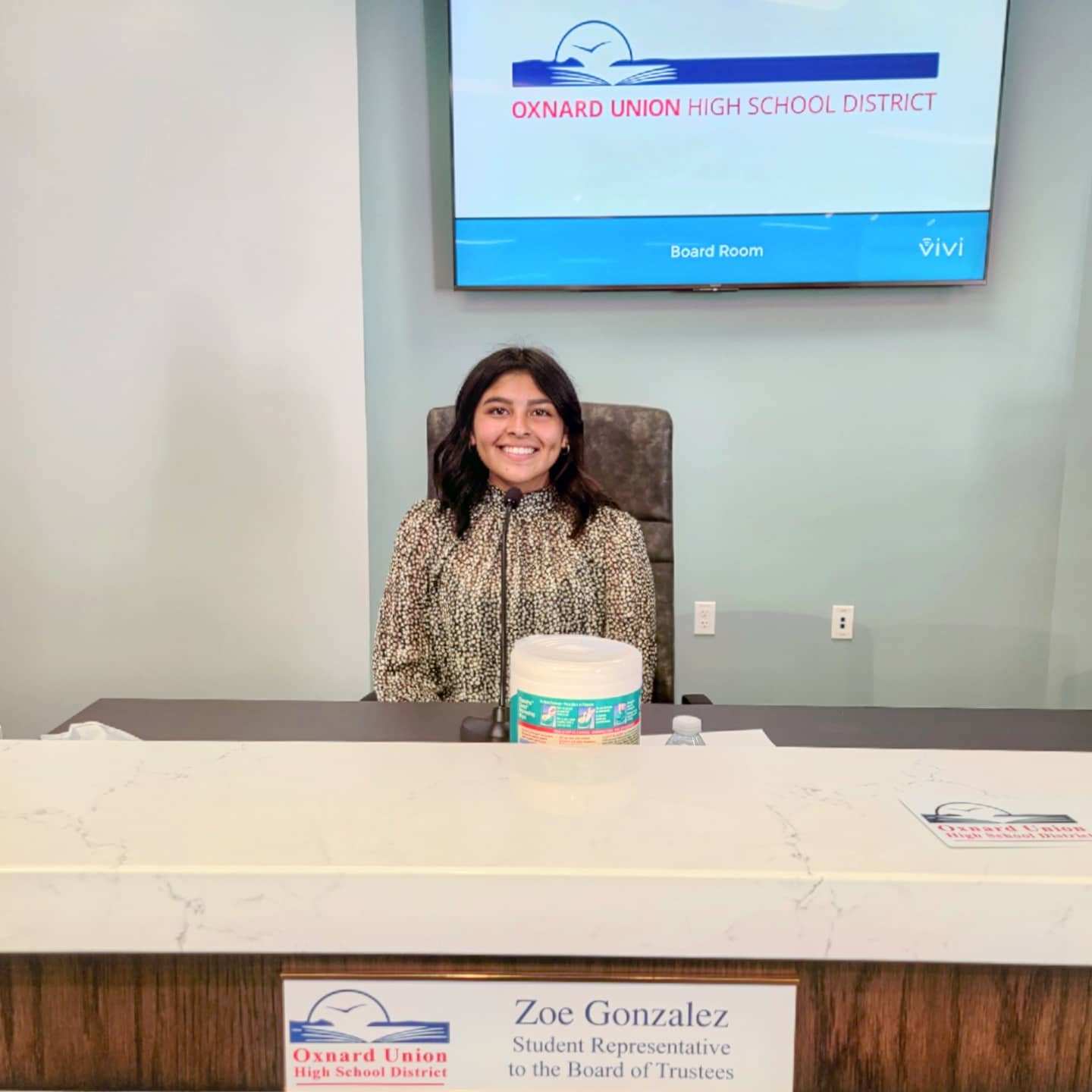


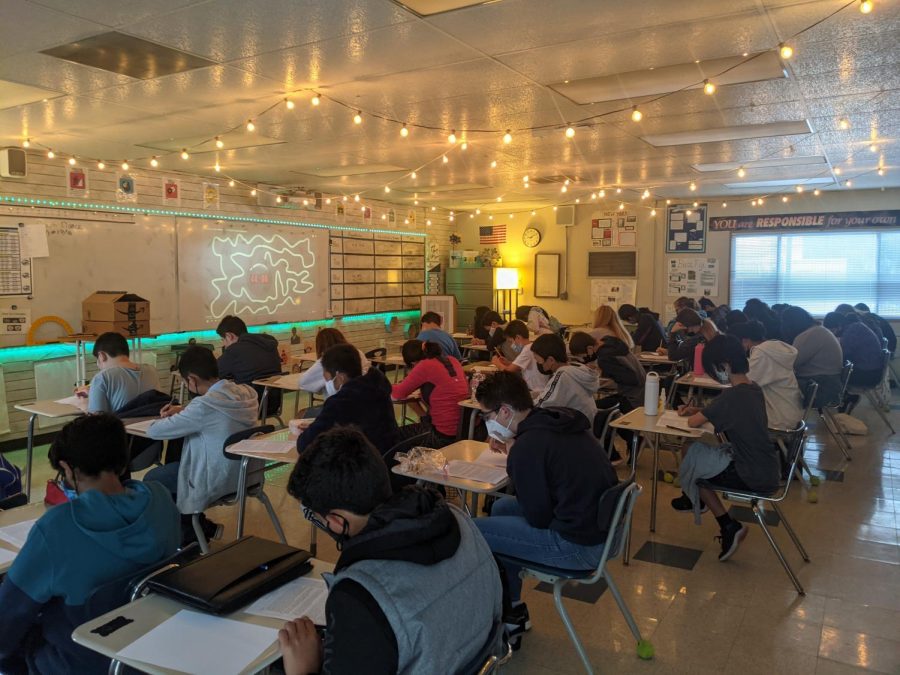


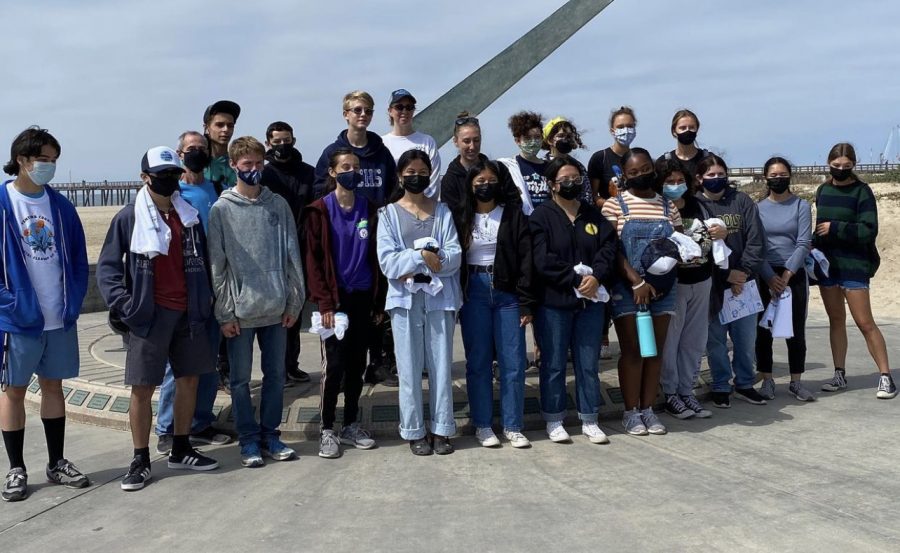

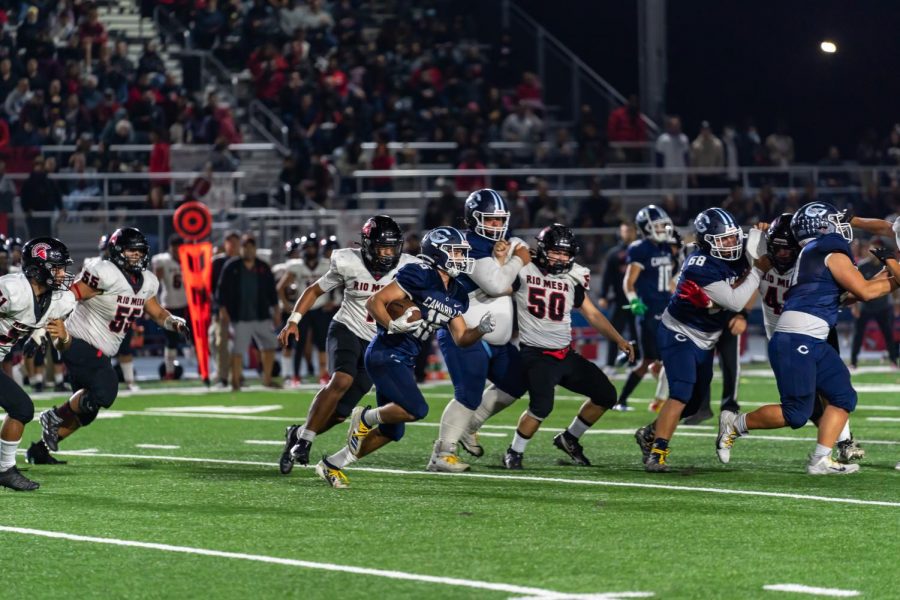






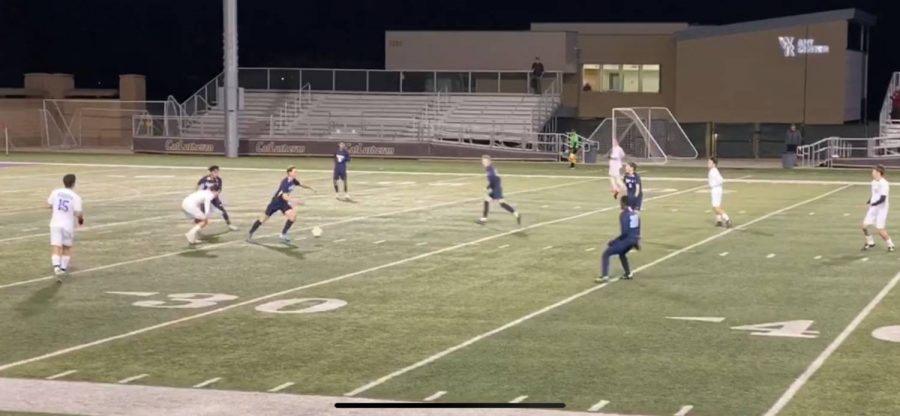




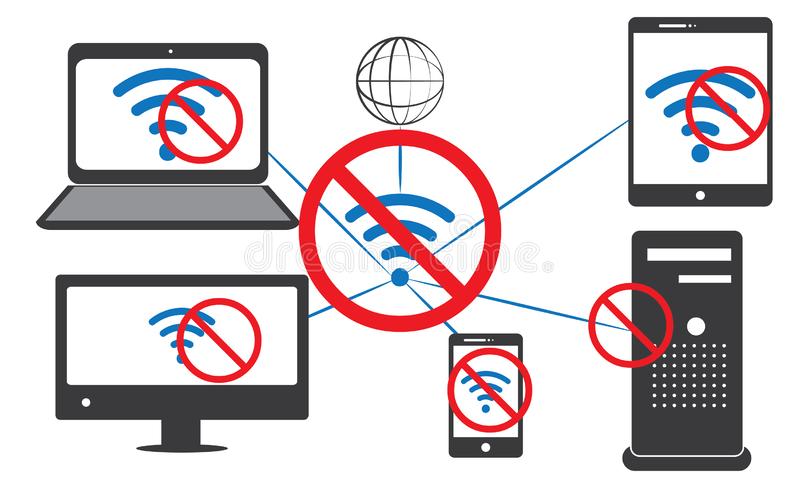
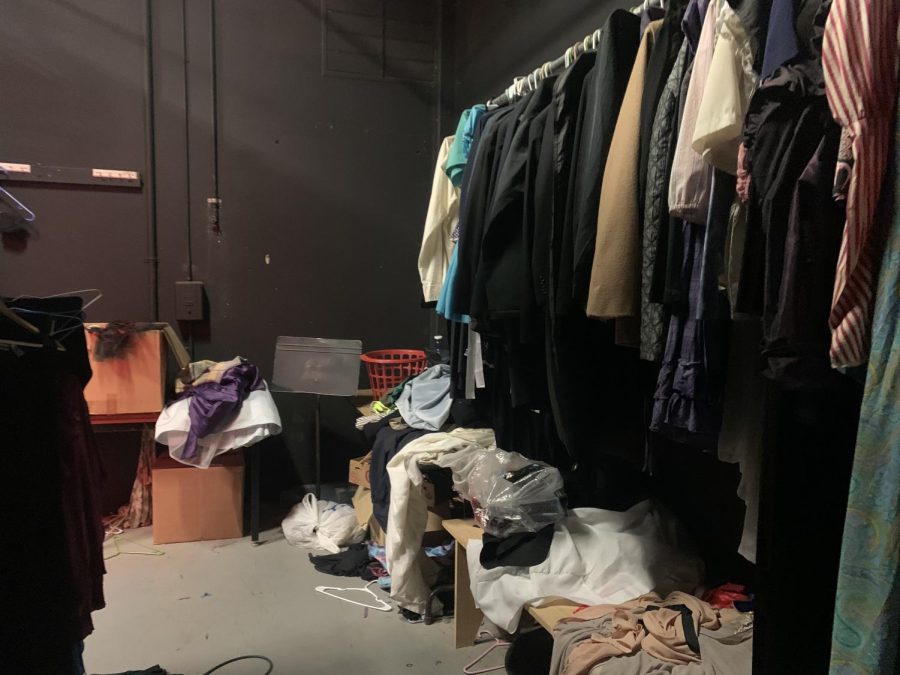



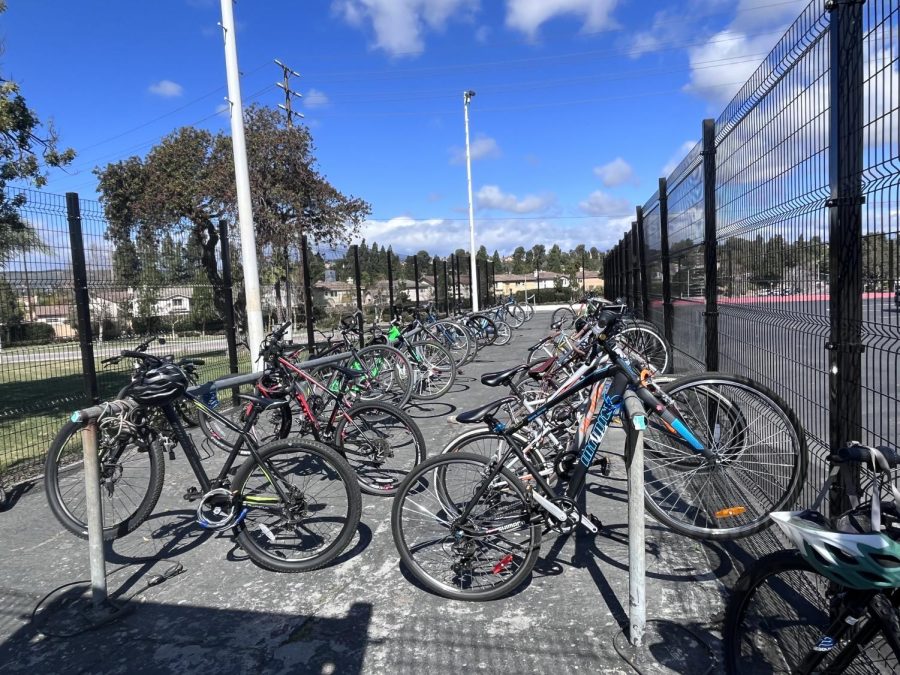
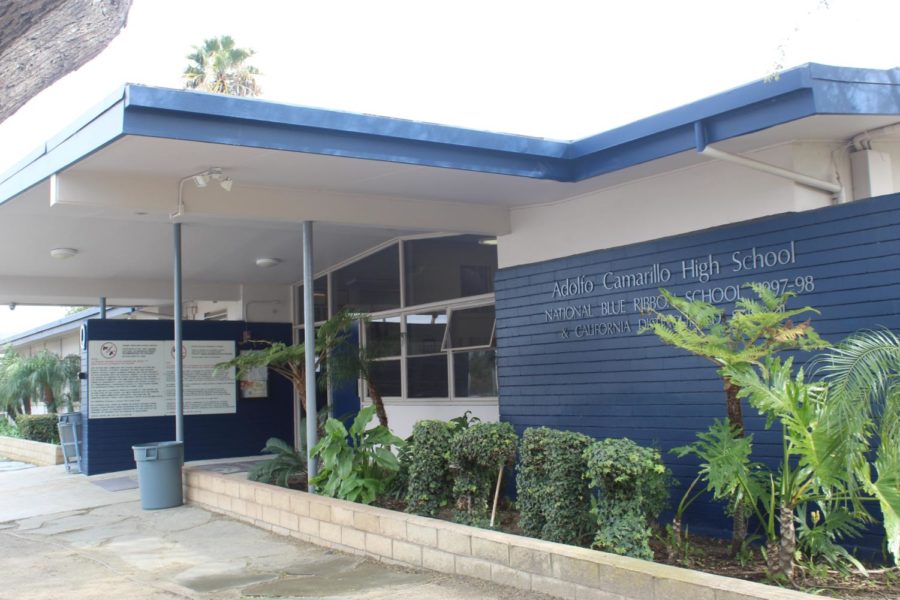
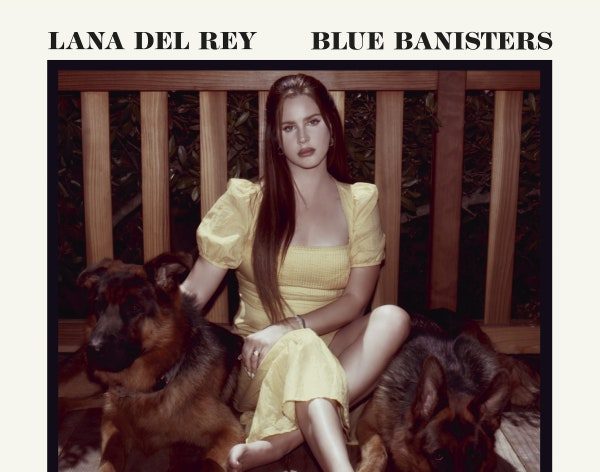

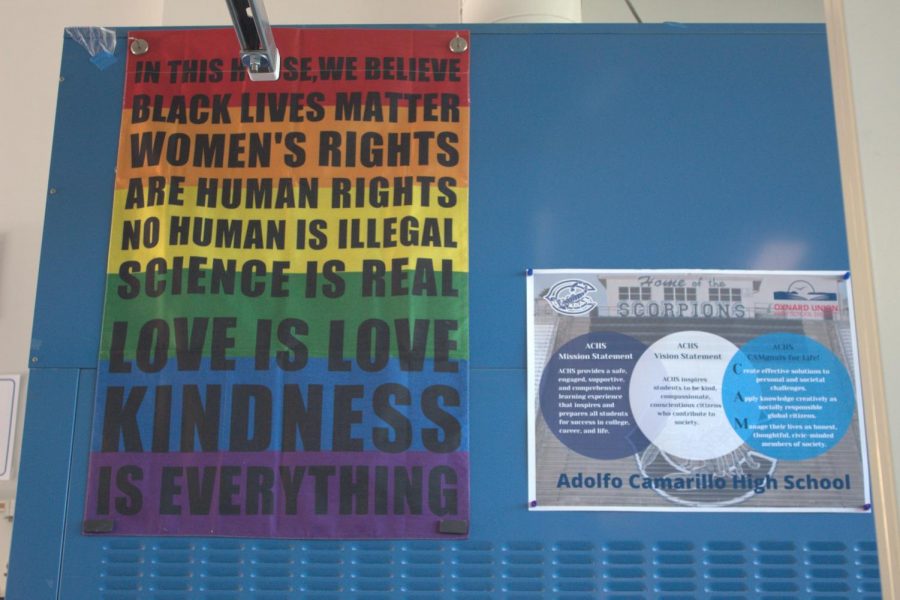

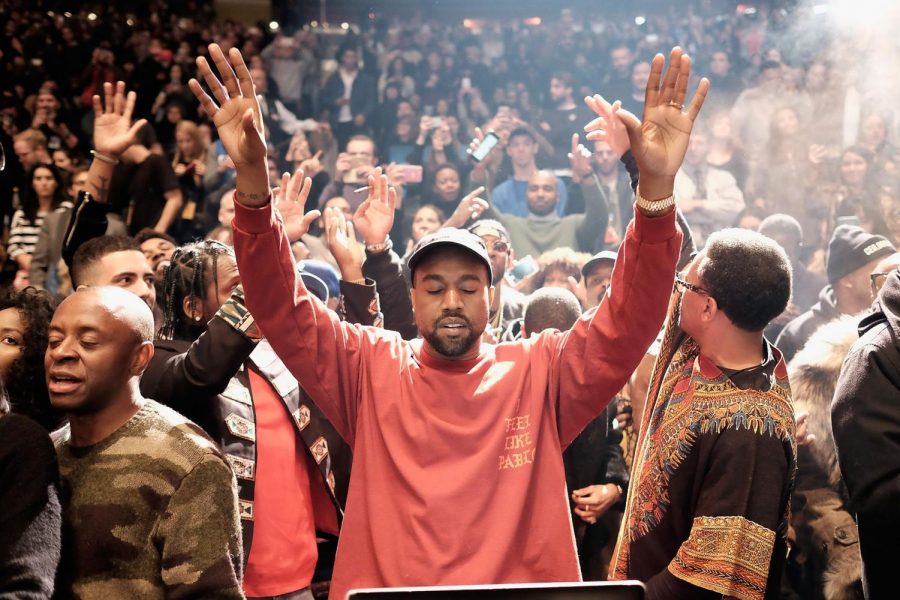
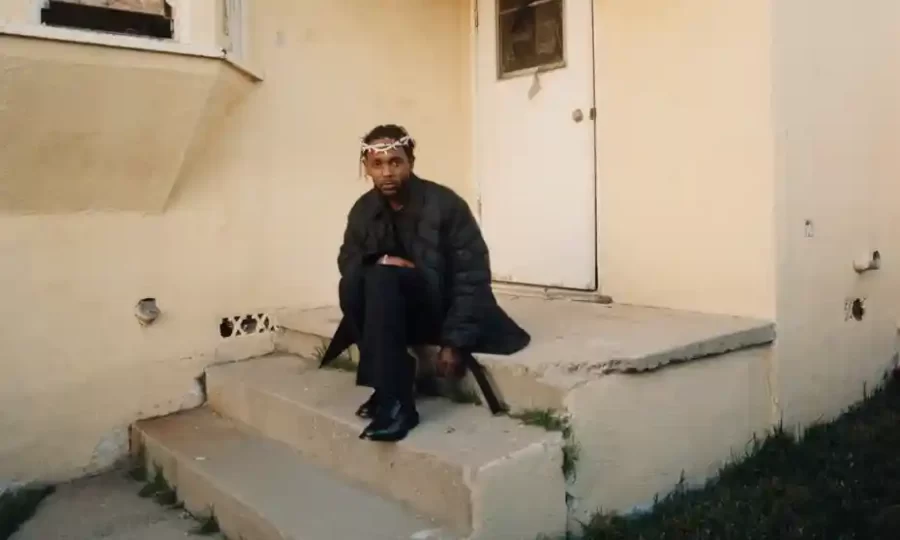





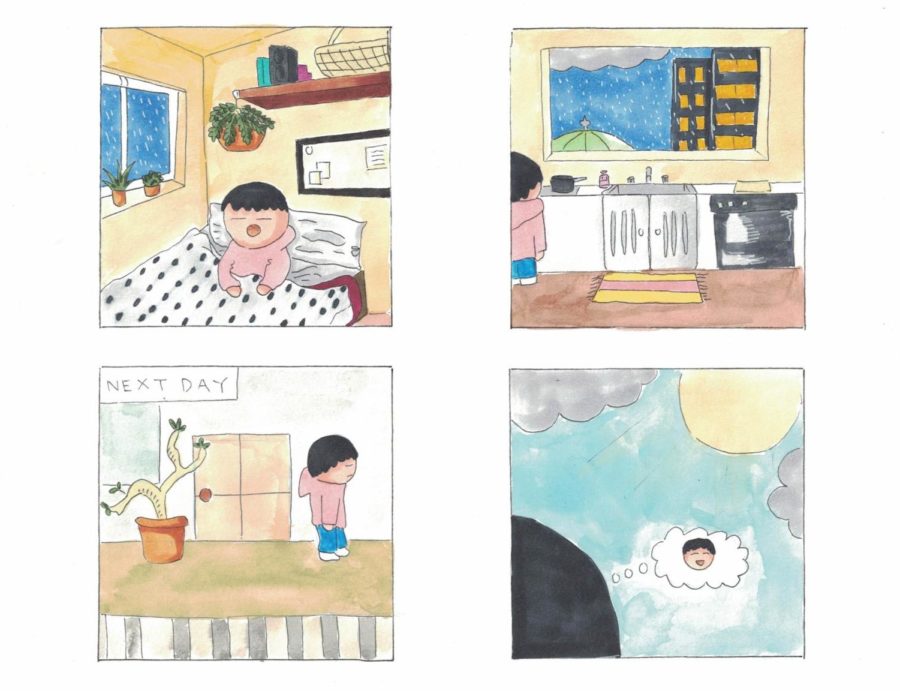
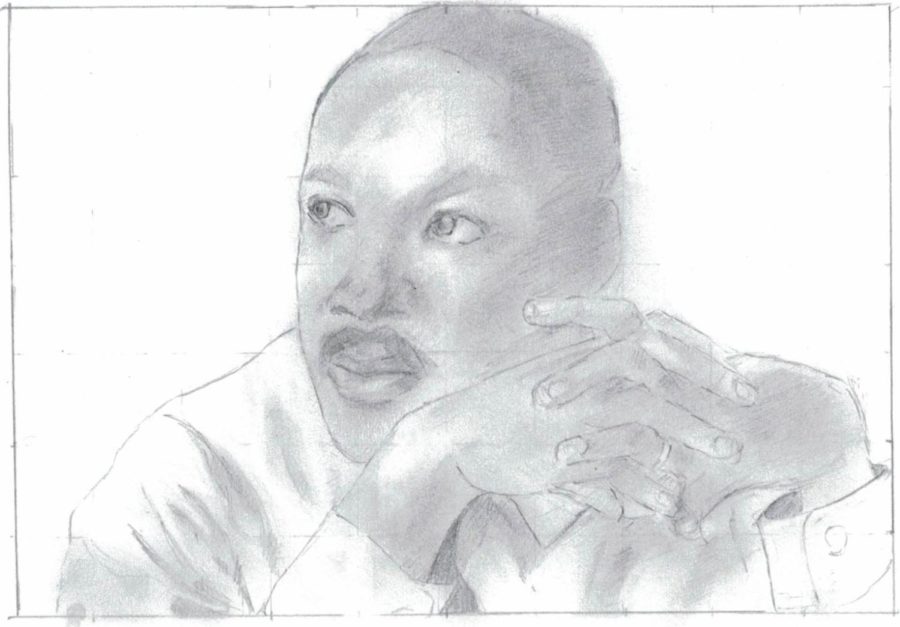
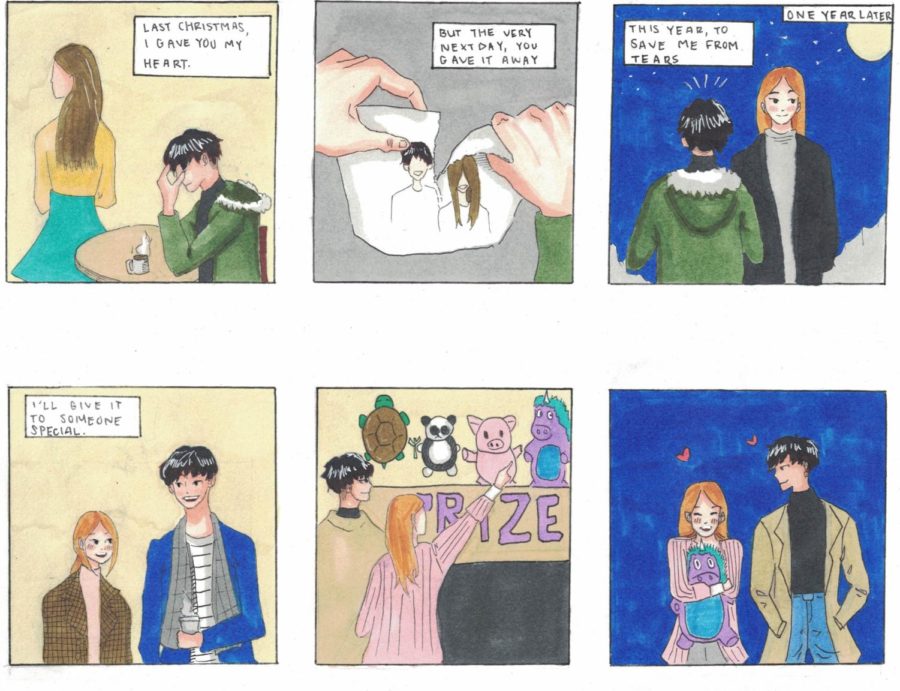
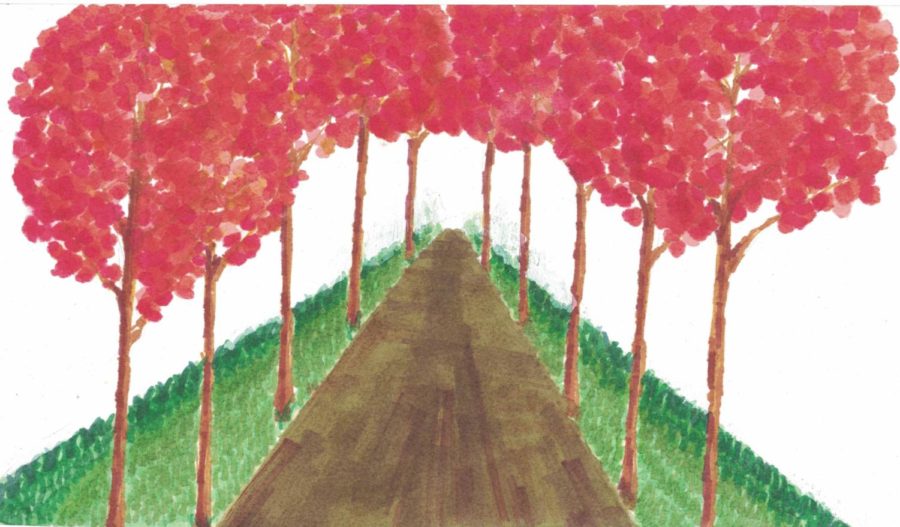
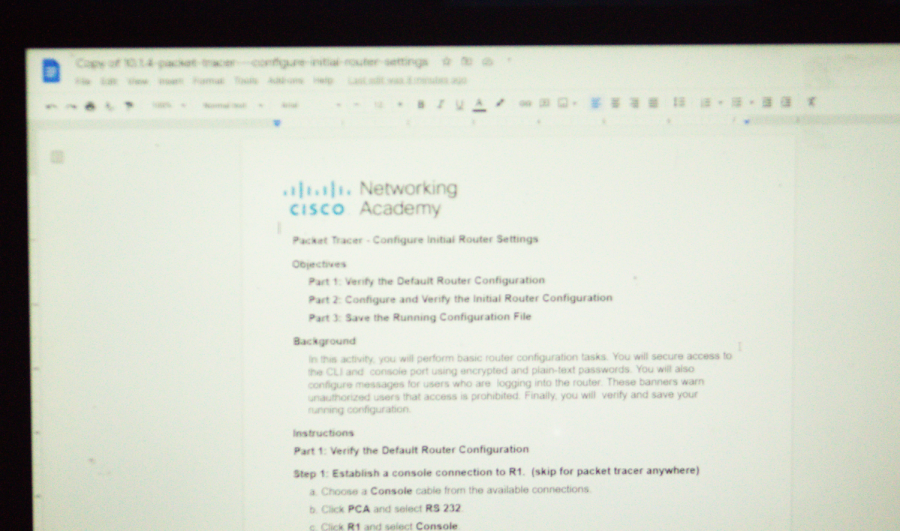



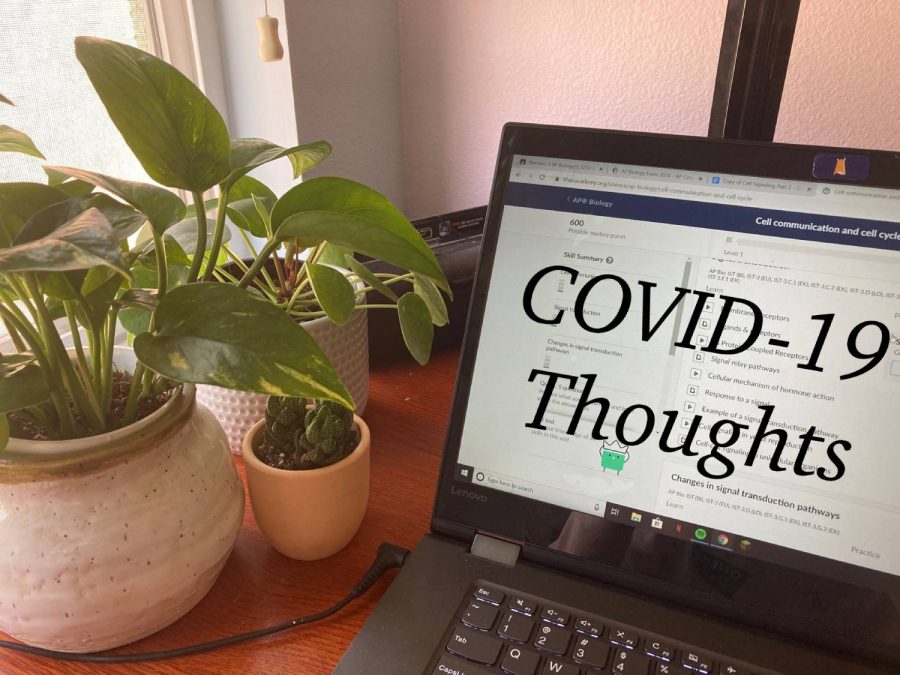

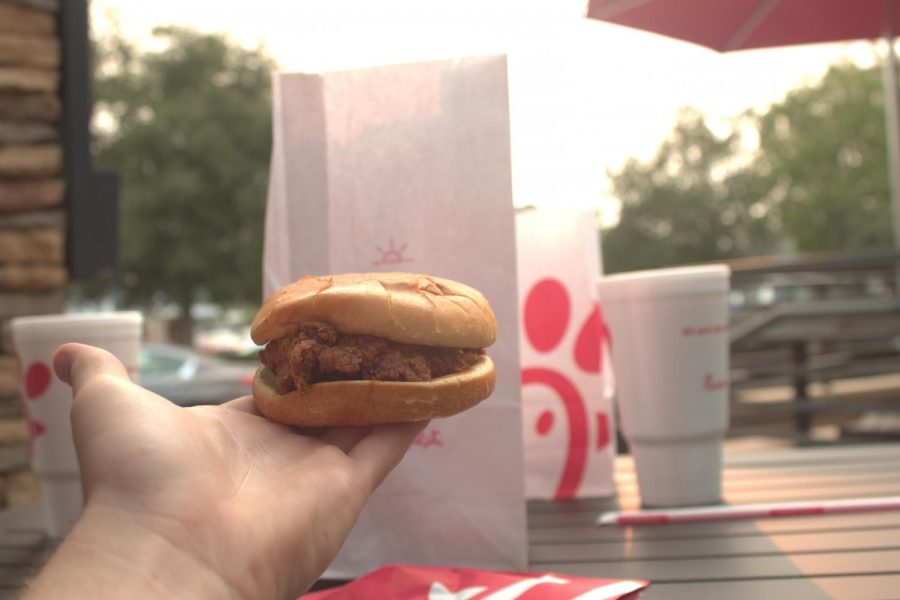
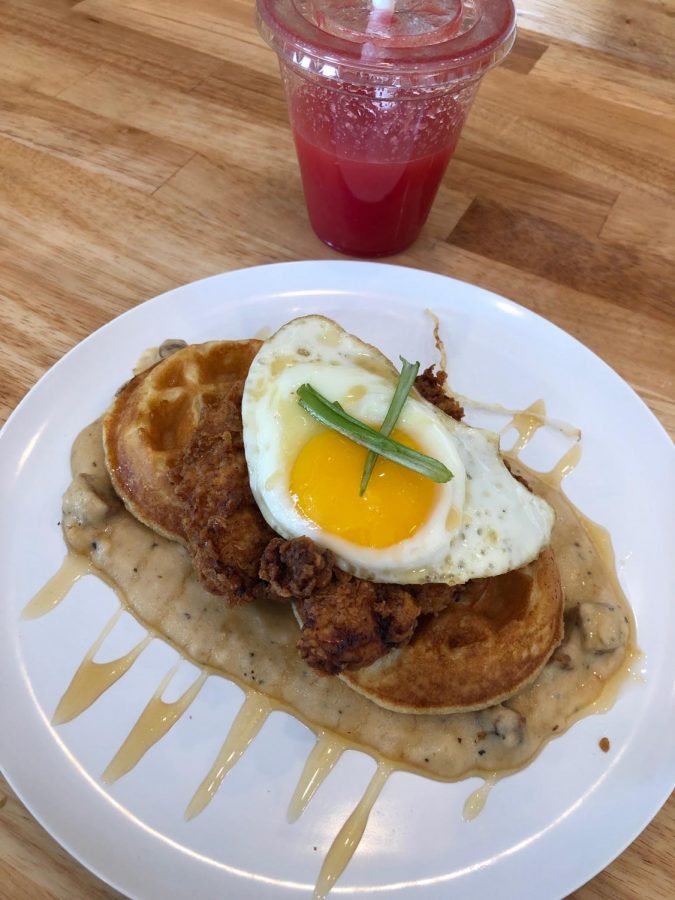

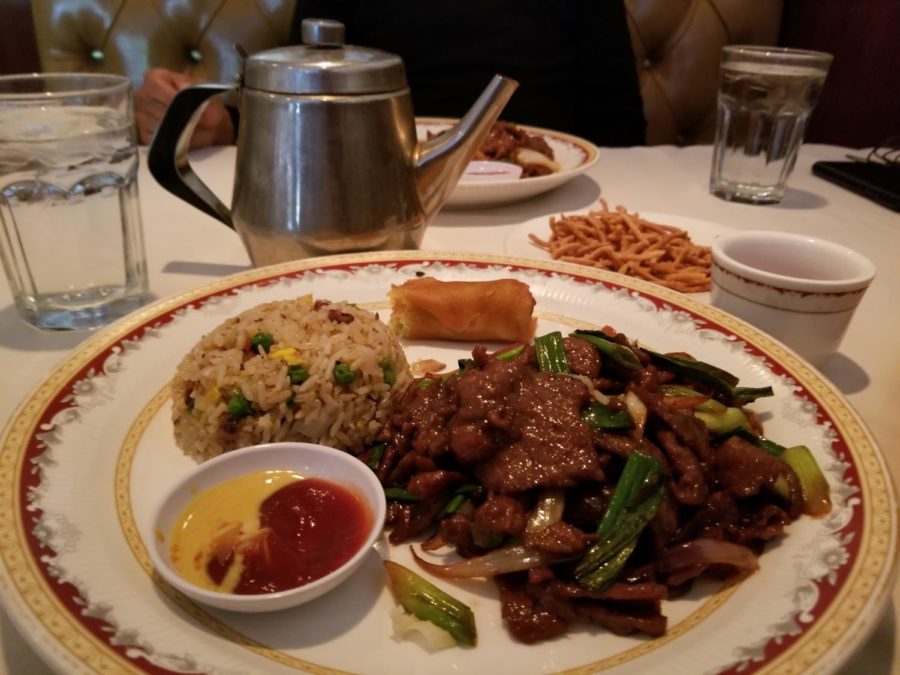

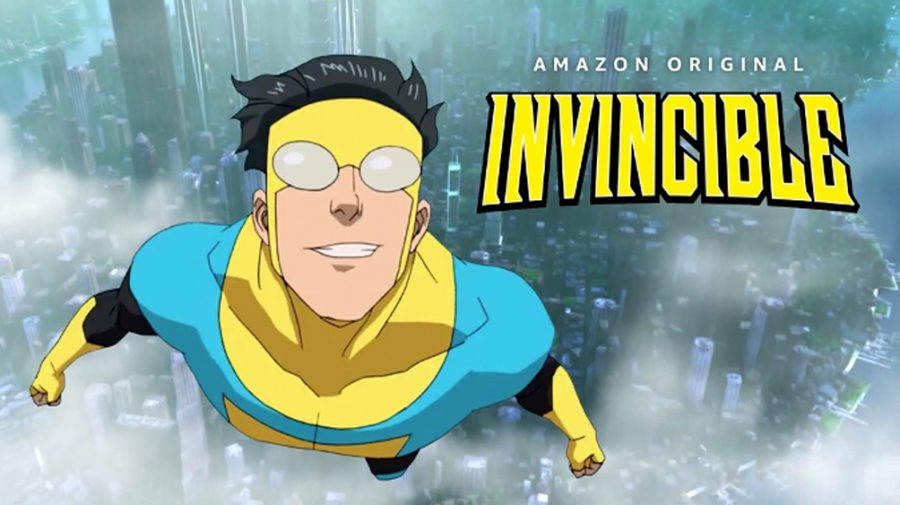
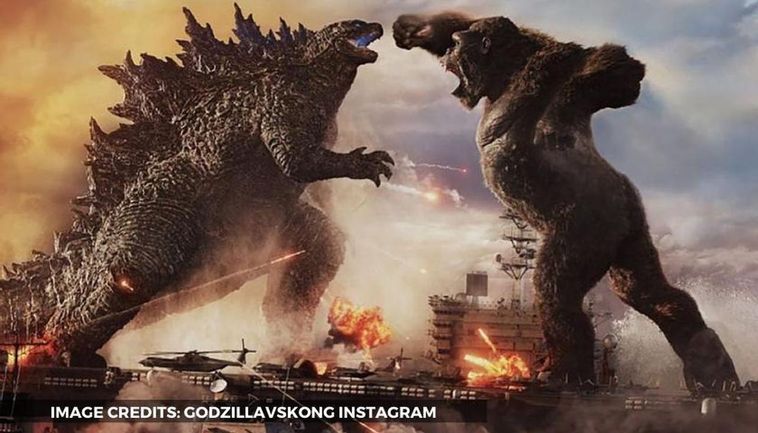
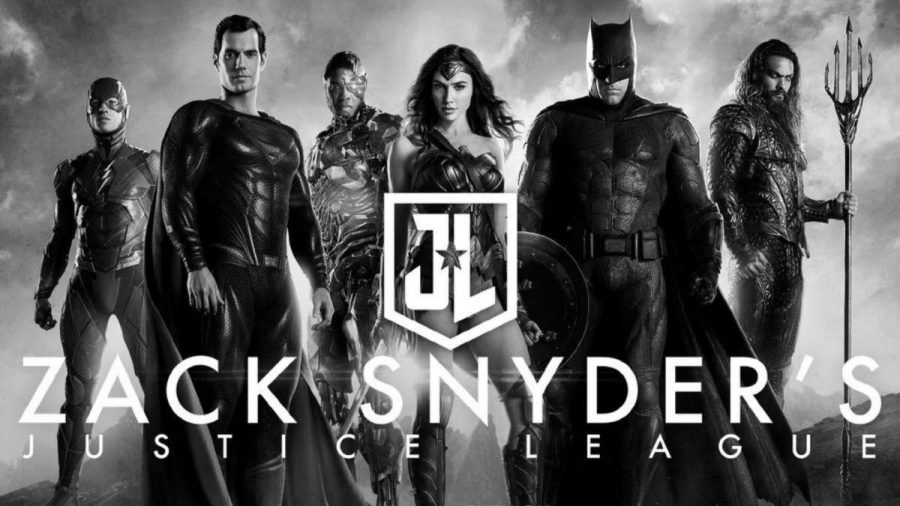
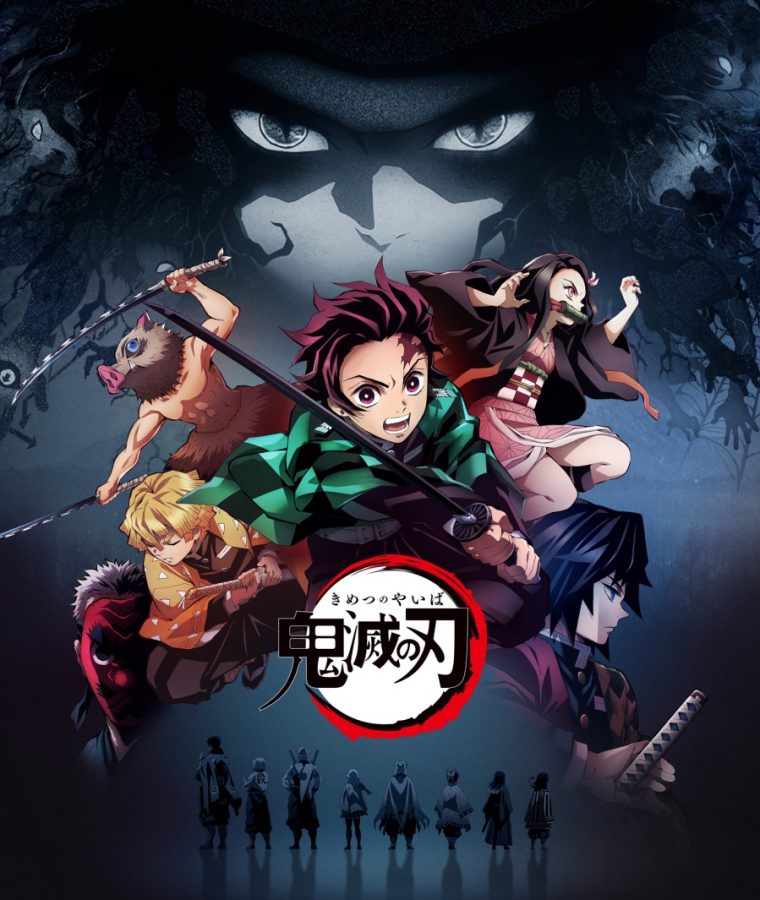

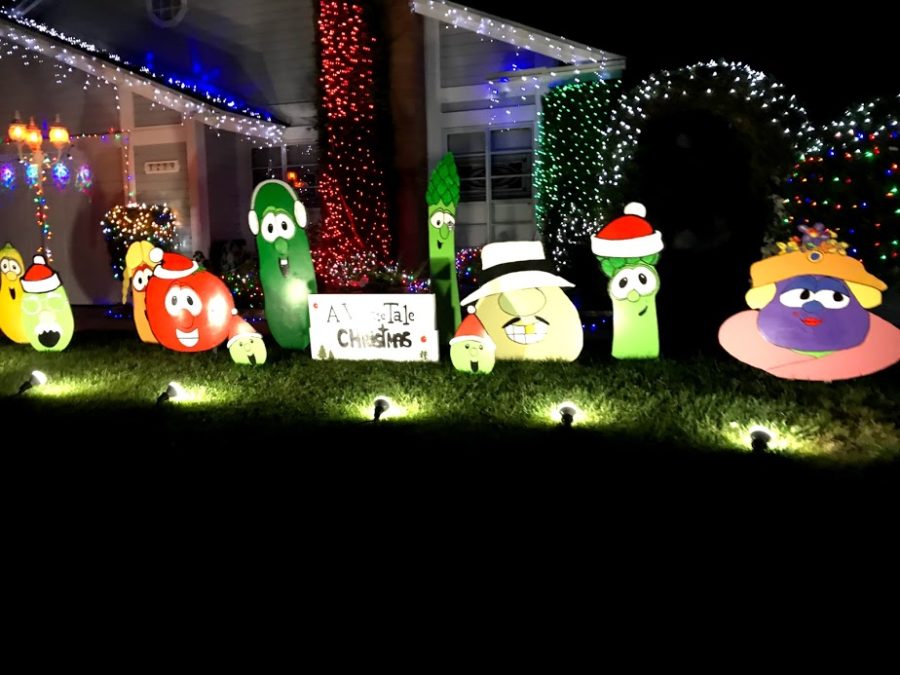

![Senior Ditch Day... Relaxation or Truancy? [Video]](https://achsstinger.com/wp-content/uploads/2017/10/IMG_7119-900x599.jpg)
![Heavy Rain Hits Cam High [video]](https://achsstinger.com/wp-content/uploads/2017/02/maxresdefault-900x506.jpg)
